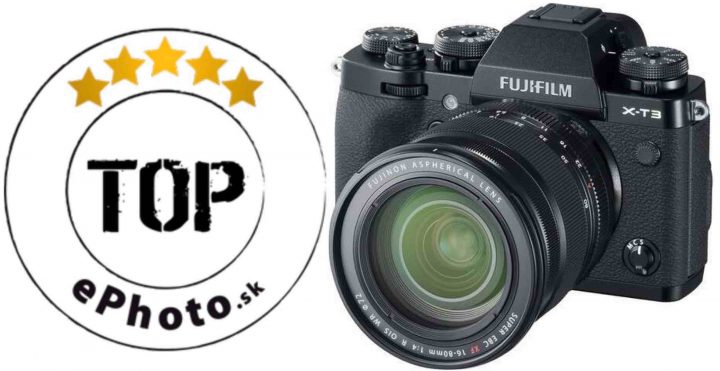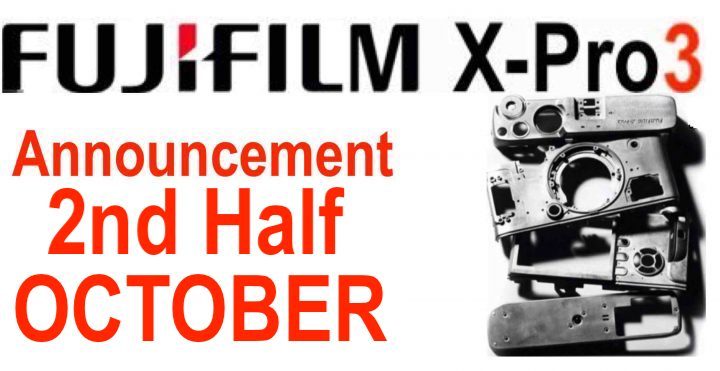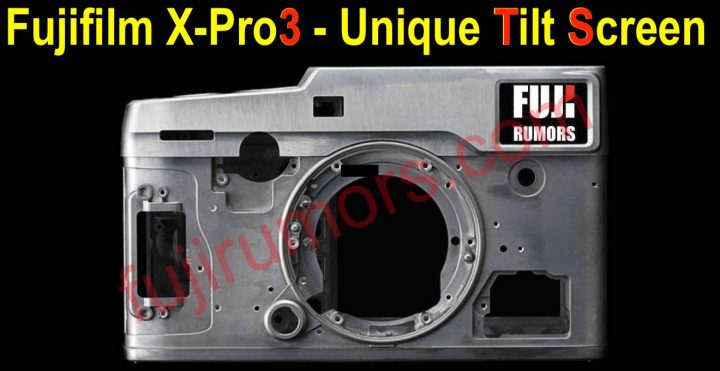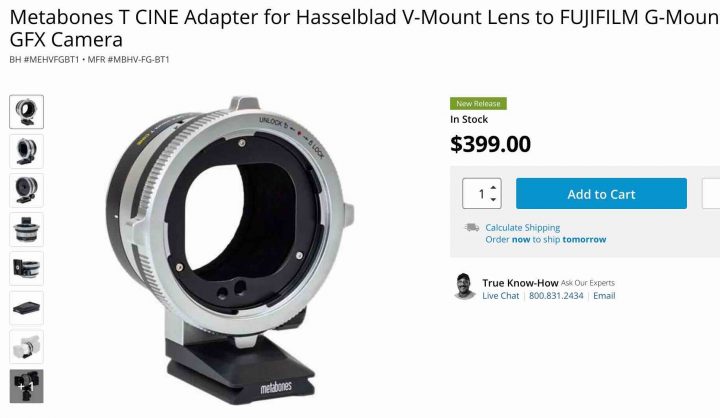
Fujinon XF16-80mm f/4
I don’t know you, but I hate it when Fujiiflm announced gear, and then lets us wait 3 months to finally ship it.
This is the case with their “July” announcements. X-T2, XF200, XF8-16 and now XF16-80 and GF50 were all announced in July, but shipped only in much later, between September and November.
In case of the Fujinon XF16-80mm f/4, we still have to wait until the end of September, to finally see it shipping.
As a consequence, we are meager on independent third party reviews…. but a fellow FujiRumors has found one, and shared it with us!
The review with lots of high res samples comes from the Slovakian page ephoto, and here are their conclusions of the lens (google translated):
Fujinon XF16-80 / 4 R OIS WR filled a hole in Fujifilm’s portfolio. This is a lens that everyone who starts Fujifilm should buy and is not sorry to pay for a more versatile lens.
The aperture F4 makes it more suitable for outdoor use. In slightly poor lighting conditions, the photographer is assisted by effective optical stabilization. The scope of the lens allows you to comfortably shoot landscape, nature, architecture.
At the same time, he handles the details and does not fear portraits. When taking pictures in poor weather conditions, you will appreciate the seal. It is the ideal lens for trips, vacations, trips anywhere. The weight is only 440 g.
If you want to shoot with a single lens, this is him. I hope we will meet him, as it will be cost-effective with the X-T30, X-T3 and X-H1.
Personally, I find no mistake on the lens that would make sense to bother. In terms of parameters and price, it provides above-average user value and optically exceeds one of the more expensive professional lenses. Such a good and generally balanced zoom is not easy to see. There is no need to hesitate for a moment.
Make sure to check out the full google translated review at ephoto.
It includes a series of brickwall-test images shot wide open from 16mm to 80mm. Once you access the gallery, click on “Zobrazit” to open the high resolution version.
Follow FujiRumors on Facebook, Instagram, RSS-feed, Youtube, Flipboard and Twitter.
Rumors and Discussions
Stay in the Loop






